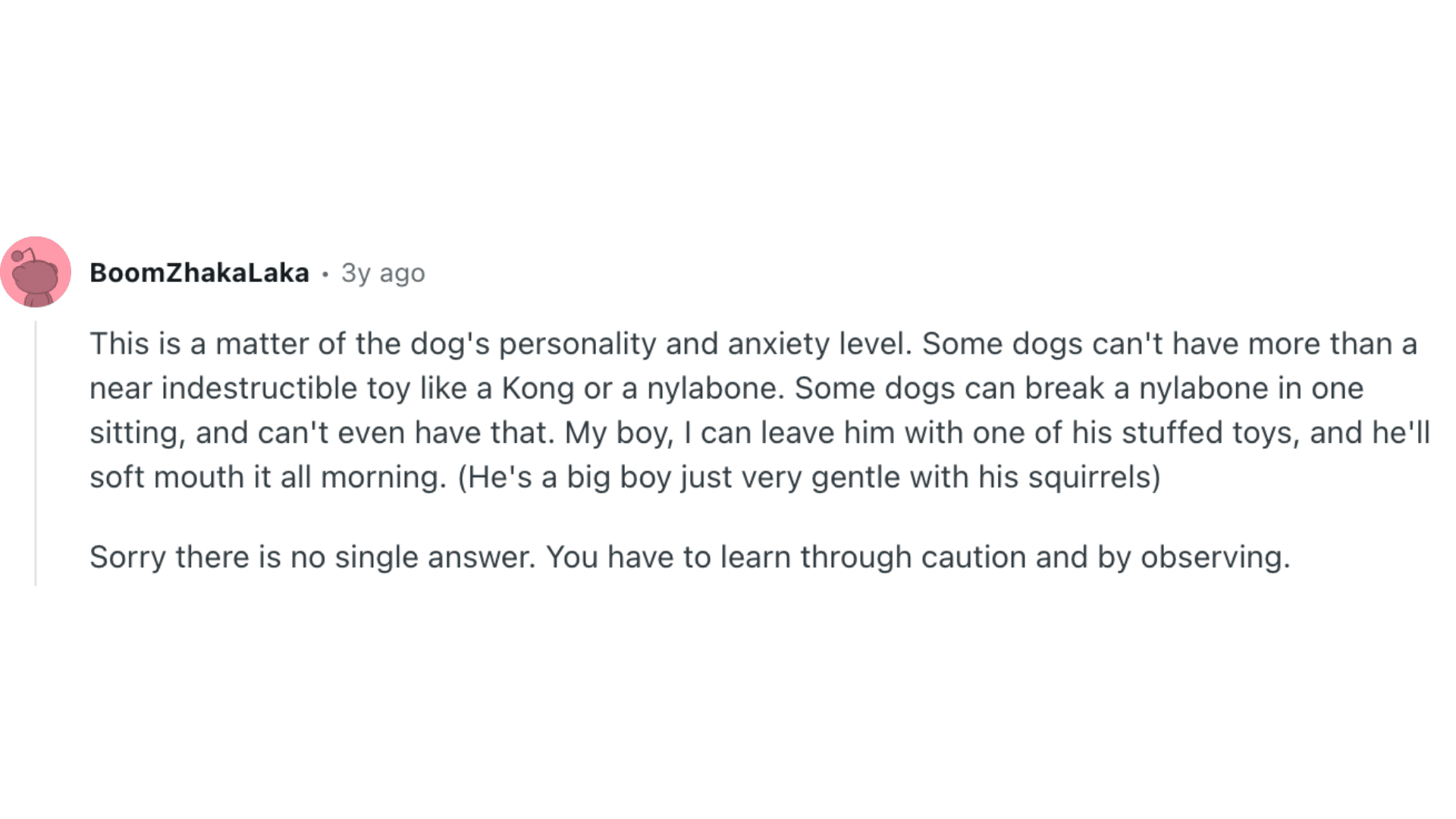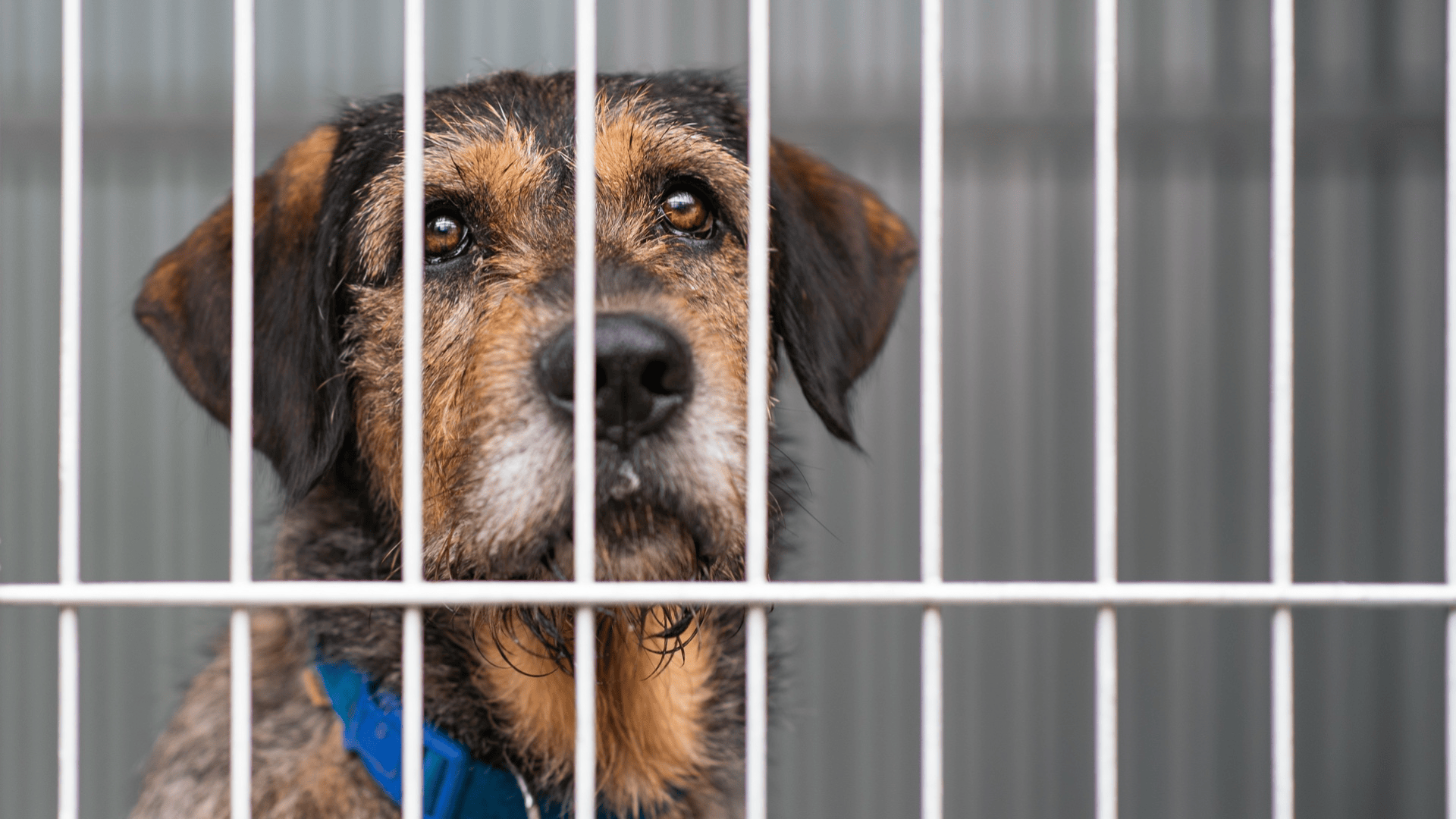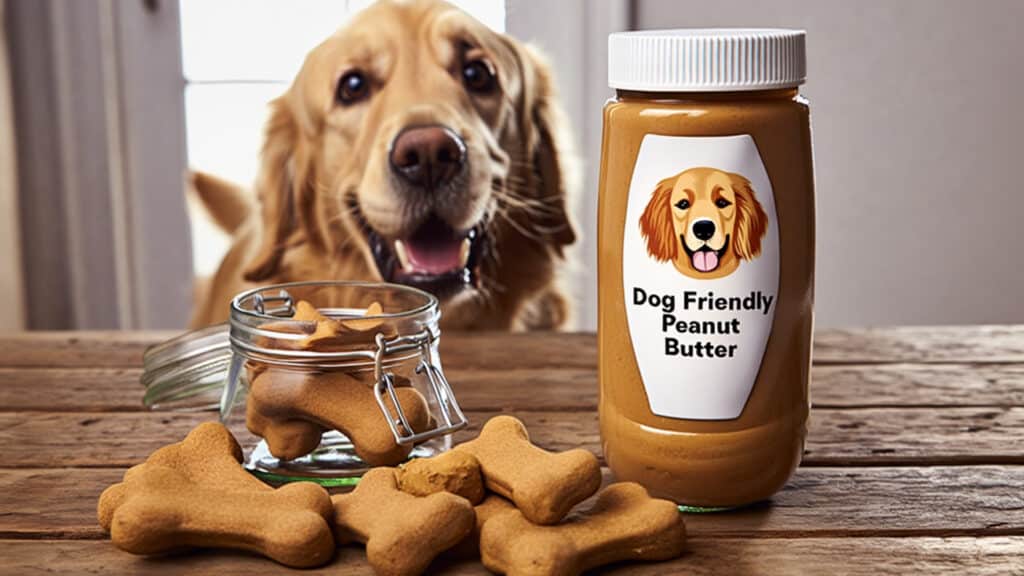Hearing your dog whining or crying in a crate can be stressful and emotionally draining for any pet owner.
Puppies and even adult dogs may struggle with crate training, expressing anxiety, boredom, or discomfort through persistent vocalization.
Understanding why your dog whines is the first step toward helping them feel safe and secure.
Many dog owners face this challenge, and community experiences show that patience, consistency, and positive reinforcement are key to success.
Use chew toys and gradual crate time to make your dog’s crate a calm, enjoyable space.
Whether your pup is young or adapting to a new routine, this guide offers helpful advice, real tips, and insights from experienced owners.
Why Do Dogs Whine or Cry in Their Crate?
Dogs usually whine or cry in their crate when they feel nervous, lonely, or uncomfortable. For many, being in a new space or away from their owner causes stress.
Some dogs cry because they need to go outside, are too hot or cold, or simply want attention.
Puppies often whine because they don’t yet understand crate time. Figuring out the reason is the first step to helping them relax.
Once you know what’s wrong, you can make small changes, like adding soft bedding, adjusting crate placement, or ensuring they’ve had enough play and bathroom breaks.
Understanding your dog’s emotions helps you respond kindly and build trust.
Over time, with patience and consistency, your dog will start to see the crate as a safe and comfortable place to rest.
Community Experiences: What Puppy Owners Have Tried

Crate training can be rewarding but challenging. Some owners try ignoring whining to teach independence, which works for a few puppies, but can increase anxiety if not timed carefully.
Positive reinforcement – using treats, meals, or favorite toys: helps puppies associate the crate with comfort and rewards.
Special toys like Kongs or safe stuffed animals keep them busy and reduce stress.
Gradually increasing crate time, starting with short sessions, teaches puppies that alone time isn’t scary, while calm departures and arrivals build trust.
Ellen also said, “As long as he’s eaten, had water, and gone pee and poo, you can leave him in there with confidence. Wait until he’s calm before taking him out, and give him safe toys.”
Patience, consistency, and small adjustments lead to progress over time.
How to Stop Your Dog from Whining in Their Crate?

I know how stressful it can be to hear your dog cry in their crate. With patience, simple steps, and the right routine, you can help them feel safe and calm.
1. Start with Short Crate Sessions
When I first began crate training, I only kept my dog inside for a few minutes. You can do this too; it helps your dog stay calm and build trust. Slowly increase the time once they seem relaxed.
Keep the crate comfortable with a soft blanket or toy and never use it as punishment. Place it in a quiet, familiar spot so your dog feels safe.
With steady practice and patience, they’ll begin to see the crate as a secure place to rest.
2. Use Positive Reinforcement
When I noticed my dog whining less, it was because I rewarded calm behavior. You can drop treats inside the crate or say “good job” when your dog is quiet.
Dogs learn through rewards, not scolding. Be gentle and consistent so they understand calmness brings attention and treats. This approach builds trust and helps them feel safe in their crate.
Over time, your dog will connect quiet behavior with positive experiences, reducing whining naturally.
3. Make Sure They’re Comfortable
I realized my dog cried because the crate was too close to a cold window. Comfort matters. You can move the crate to a cozy, quiet area away from drafts or noise.
Add a soft bed, blanket, or favorite toy for extra comfort. Make sure the crate isn’t too big or cramped, just enough room to stand and turn around.
When your dog feels safe and comfortable, whining often fades because the crate starts to feel like their own space.
4. Tire Them out Before Crate Time
Before crate time, I always take my dog for a walk or play fetch. You can do the same. A tired dog is less likely to whine from boredom or energy.
Make sure they’ve had a bathroom break so they’re not crying to go out.
After exercise, they’ll be ready to relax and rest quietly.
This small habit helps your dog associate crate time with calm and comfort instead of frustration, making the experience smoother for both of you.
5. Stay Calm and Consistent
At first, I wanted to open the crate whenever my dog whined. But I learned that responding too quickly made it worse. You should wait until your dog is quiet before letting them out.
Staying calm teaches them patience and self-control. Keep a routine for crate times so your dog knows what to expect. Consistency helps build trust and confidence.
Over time, your dog will stop whining because they feel secure and understand that quiet behavior brings attention.
How to Make the Crate a Positive Place?
Making the crate a positive and inviting place helps puppies feel safe, calm, and happy.
By adding fun activities and comforts, crate time can become something your dog looks forward to. These are some ways to make the crate enjoyable:
- Crate games: Simple games recommended by trainers, like tossing treats or hiding toys, make the crate fun.
- Feeding meals in the crate: Serving breakfast or dinner inside creates a positive association.
- Chew toys or frozen treats: Keep your puppy occupied and help reduce stress while alone.
- Safe toys: Choose the right size, durability, and non-toxic materials for safety.
- White noise, music, or puppy cams help calm anxiety and make the crate more comforting.
When to Seek Professional Help?
Sometimes, even after trying everything, your dog may still whine in the crate. I’ve been there, and I know how frustrating it can feel.
If your dog shows signs of extreme stress, like drooling, shaking, or refusing food, it’s time to get extra help. You can talk to your vet first to rule out medical issues such as pain or discomfort.
If your dog is healthy, a certified trainer or behaviorist can guide you with personalized methods.
Professional help matters when whining turns into panic, or if you feel unsure about what to do next. Getting expert support doesn’t mean you’ve failed; it simply means you care about helping your dog feel safe and calm.
With the right advice, you’ll both make steady progress toward peaceful crate time.
Common Mistakes to Avoid
Crate training can be tricky, and certain mistakes can make it harder for your puppy to feel safe and comfortable. Avoiding these mistakes helps your dog learn faster and feel happier in the crate:
- Responding to whining too quickly: Giving attention immediately can teach your puppy that whining works.
- Using the crate as punishment: This can make your dog fear the crate instead of seeing it as a safe space.
- Rushing the crate training process: Puppies need time to adjust; moving too fast can increase anxiety.
- Leaving the dog alone too long, too soon: Gradual alone time helps build confidence without stress.
By avoiding these mistakes, crate training becomes a positive experience for both you and your puppy.
Conclusion
Dealing with a dog whining in a crate or a dog crying in a crate is a common hurdle in training, but it doesn’t have to be a source of guilt or frustration.
Real-world experiences show that consistency, patience, and positive reinforcement create a safe, comfortable environment that helps dogs gradually embrace their crate.
Feeding in the crate, using safe toys, and short sessions can make a big difference.
At the same time, it’s important to recognize that some dogs may never fully love the crate, and alternative safe spaces can be just as effective.
Using proven methods with care helps your dog feel secure and independent.
Over time, your pup will learn that the crate is not a place of punishment but a secure and peaceful retreat.








